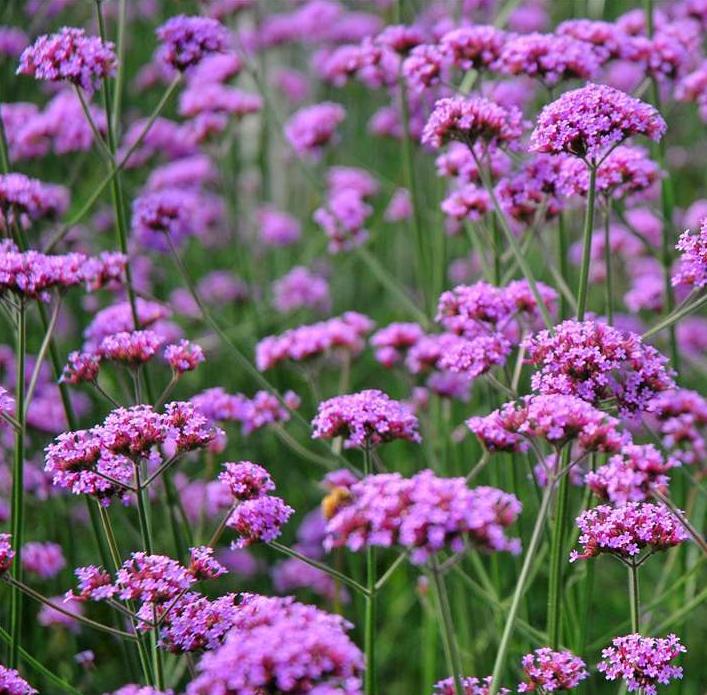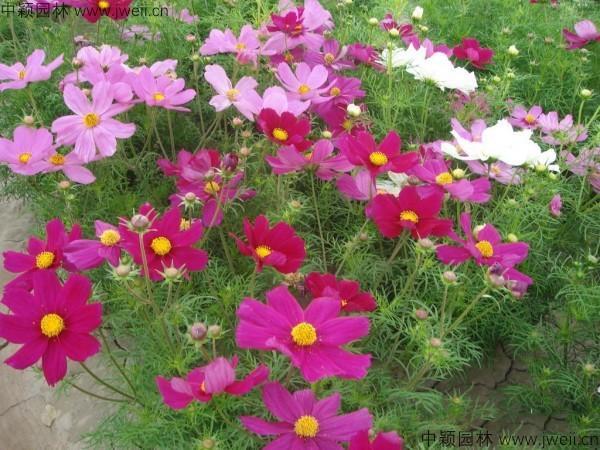Once upon a time, there was a mischievous Cyperus plant named Cy. Cy loved to play pranks on unsuspecting animals in the garden. One day, he decided to hide a shiny acorn in his pot to lure a curious squirrel. As soon as the squirrel approached, Cy burst out of the soil, scaring the squirrel away. However, Cy didn’t realize that his prank would have consequences. The next day, a wise owl named Oliver saw what Cy did and decided to teach him a lesson. Oliver convinced the other plants to pretend to wither and die. Shocked and apologetic, Cy realized the importance of kindness. From that day forward, he used his mischievous nature to bring joy and laughter to the garden, making friends with all the animals.
Picture
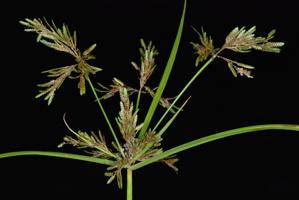
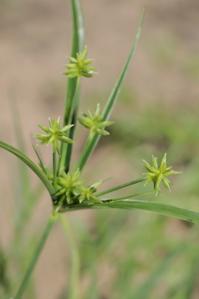

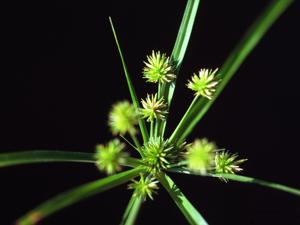
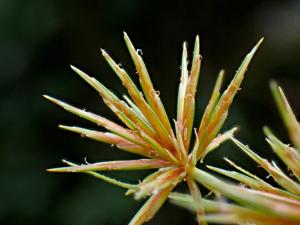

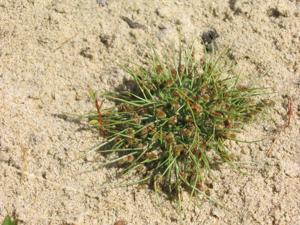

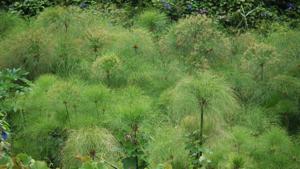
Plant some seeds now!
Short Description
Cyperus is a large genus of about 700 species of sedges, distributed throughout all continents in both tropical and temperate regions.
Description
They are annual or perennial plants, mostly aquatic and growing in still or slow-moving water up to 0.5 metres (20 in) deep. The species vary greatly in size, with small species only 5 centimetres (2 in) tall, while others can reach 5 metres (16 ft) in height. Common names include papyrus sedges, flatsedges, nutsedges, umbrella-sedges and galingales. The stems are circular in cross-section in some, triangular in others, usually leafless for most of their length, with the slender grass-like leaves at the base of the plant, and in a whorl at the apex of the flowering stems. The flowers are greenish and wind-pollinated; they are produced in clusters among the apical leaves. The seed is a small nutlet.


